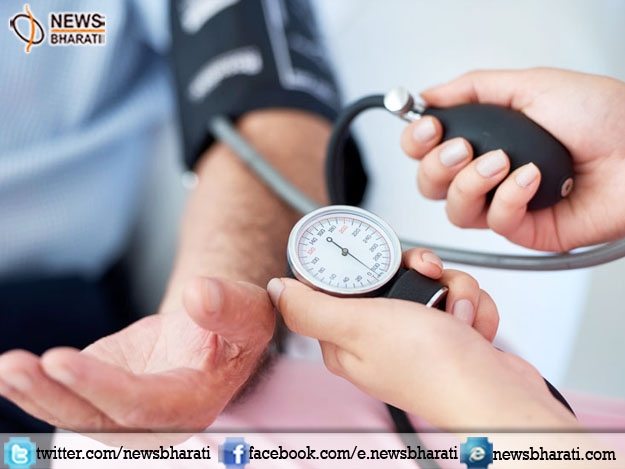Prevention of high blood pressure to get monitor with ‘Hypertension Management Initiative‘
New Delhi, November 29: The government has launched India Hypertension Management Initiative for prevention and control of high blood pressure. Around 200 million adults in India have high blood pressure, yet control rates for the condition remain low.

Initially the programme will be implemented in 25 districts spread over Punjab, Kerala, Telangana and Madhya Pradesh. Launching the initiative at a function in New Delhi yesterday, Union Health Secretary Preeti Sudan said, under the programme, the focus will be given on prevention, detection, management and control of hypertension.
Preeti Sudan, underlined the various aspects of the non-communicable diseases like prevention, detection and management. She stated that creating awareness about NCDs is vital as it is a silent disease.
The Health Secretary further said that there is urgent need to raise awareness about non-communicable diseases (NCDs) amongst families regarding packaged food and processed foods with excessive salt and trans-fat. She also highlighted the need for incorporating yoga in one’s life for prevention and management of hypertension.
Notably, studies suggest that in rural areas in India, only one quarter of people with hypertension are aware of their condition, and only around 10 percent have their blood pressure controlled. In urban areas, around 40 percent of people with hypertension are aware of their condition, and only around 20 percent have their blood pressure controlled.
This initiative aims to strengthen the cardiovascular disease component of the Health Ministry’s National Program for Control of Cancer, Diabetes, Cardiovascular Diseases and Stroke (NPCDCS). It will focus on strengthening hypertension management and monitoring at the primary health care level, within the existing healthcare system, and is aligned with WHO’s Global HEARTS Initiative and National Guidelines.